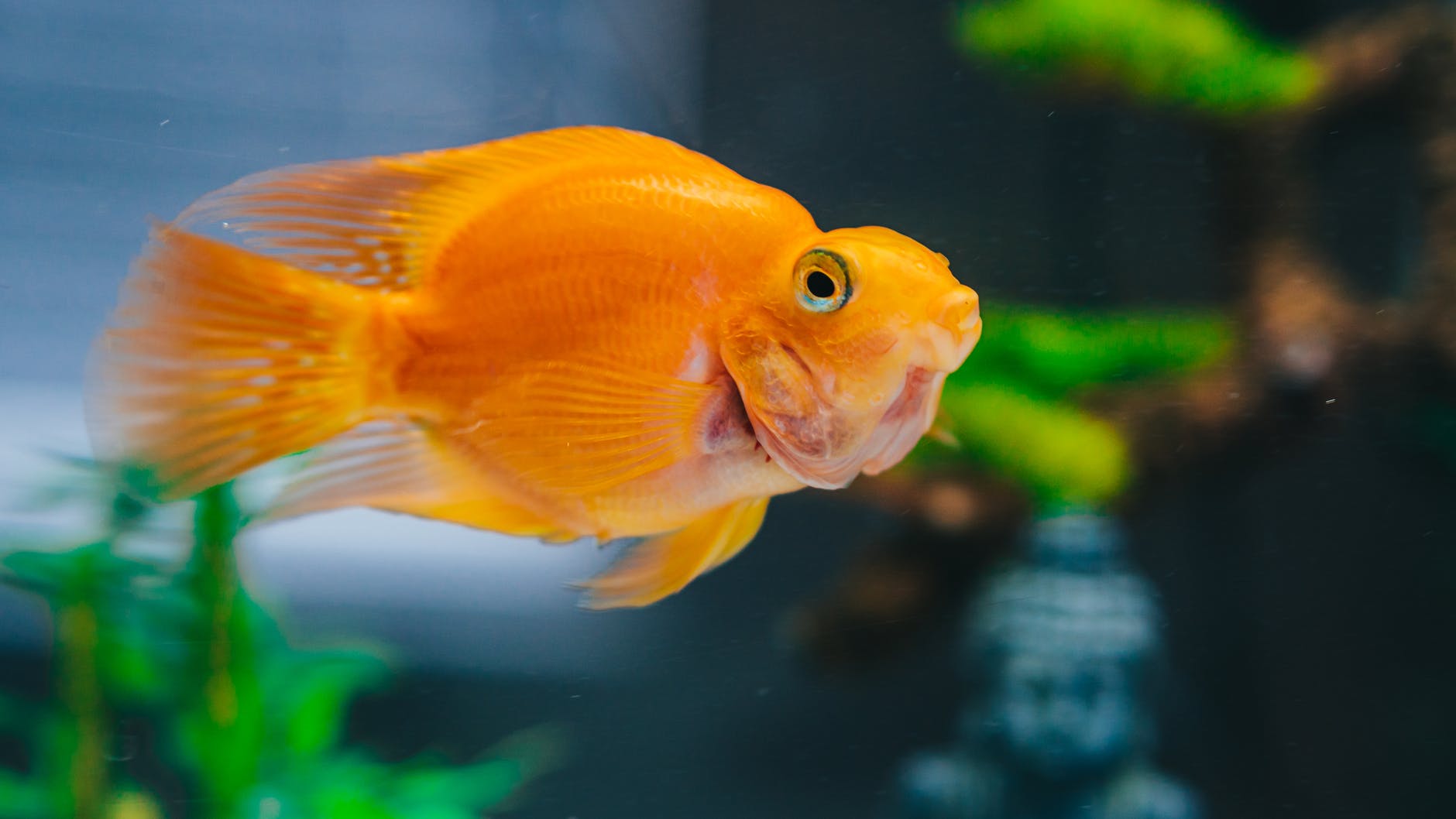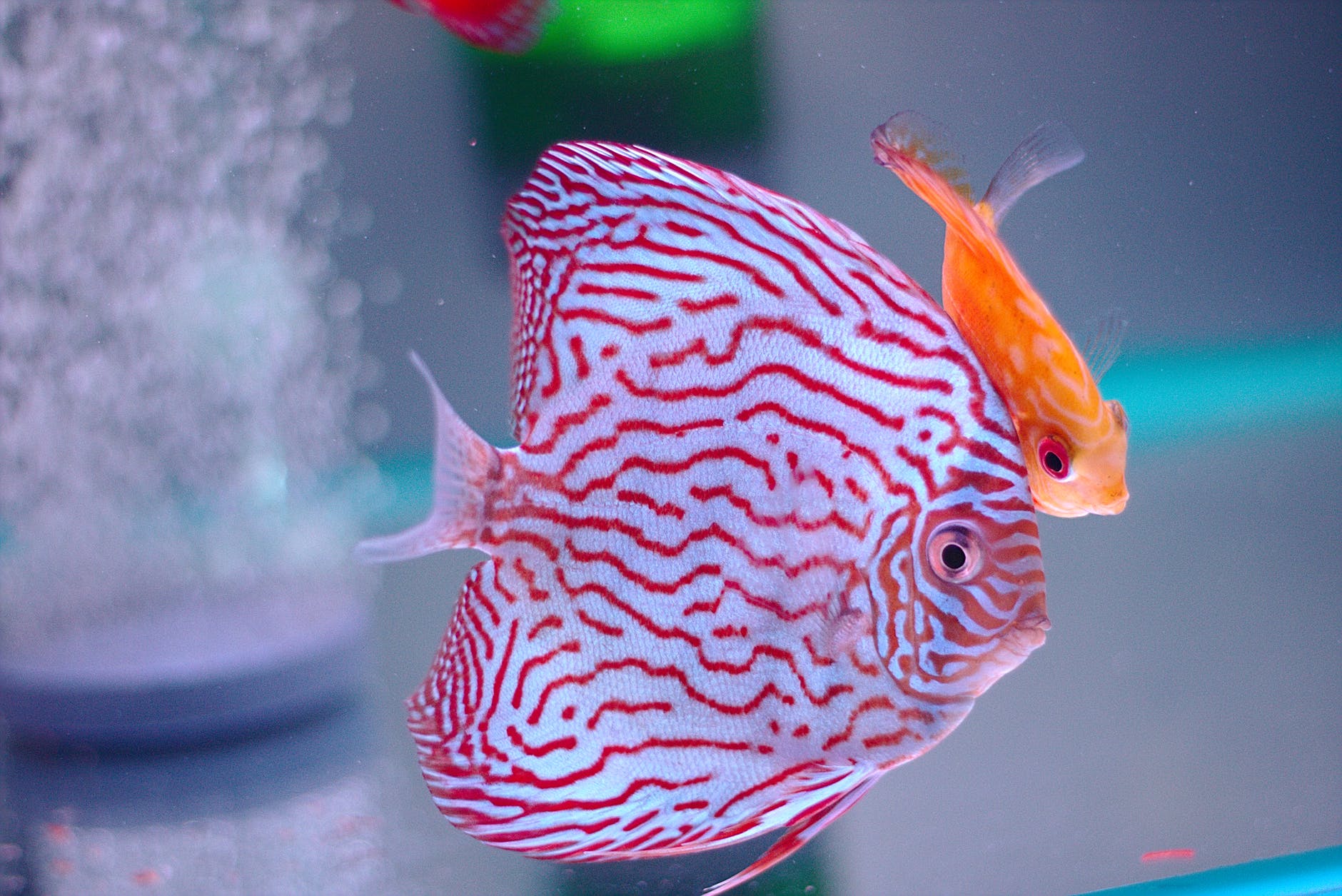Setting up an Aquarium
February 23, 2021When setting up an aquarium the first thing to consider should be which fish you get. Different fish have different size tank requirements. Fish such as goldfish grow large and have a heavy bioload. They should be in ponds or in tanks allowing upwards of 100L per adult. With tropical fish a general rule is 1L for every 1cm fish on top of a base volume of 18L. This changes for more advanced fish. Schooling fish require large areas to display proper behavior. Overstocked tanks lead to fighting and poor water quality.
Every aquarium MUST have a filter. This filters out ammonia and other bacteria given out by fish. The size of the filter depends on the volume of the tank. Sponge filters are the cheapest and most common, they work by stopping larger particles from passing through. The most effective filters contain a sponge, activated carbon and biological media. Activated carbon is a chemical filter, it removes matter which has dissolved in water. Biological media acts as a home for good bacteria in a tank which break down harmful chemicals etc. UV filtration is more advanced and is often present in commercial/professional tanks. It is expensive and some can alter how some medicines work. It is important to have a heater suitable for the volume of your tank or it will not get hot enough. thermometers are vital and should be monitored everyday. Some planted tanks will require UV lighting to promote plant growth.
Aquascaping is usually just for aesthetics. Most fish are fine with bare-bottomed tanks. Some fish will require things to hide behind or they will become stressed. Large items such as bogwood can reduce the volume of the tank. Fish with poorer vision or fancy fins can damage themselves on sharp edges. Bottom feeders should not be kept on sand or sharp gravel substrate, sand can impact in their gut and sharp gravel will cut them. Live plants improve water quality and oxygen content in the water but fish enjoy nibbling on them. It is food for the fish but means plants may need replacing regularly.
It is important to use water conditioner when filling the tank with tap water to neutralize chlorine. Chlorine will kill any good bacteria. It is key to cycle a tank for 7days before getting fish. This allows good bacteria to build up. Ghost feeding means adding a pinch of fish food to the empty tank every day to give the good bacteria ammonia to feed on. Using home test kits allows water quality to be monitored. If ammonia, nitrates or PH is too high the fish will not thrive. Water supplements can be bought to counter any of these issues. 20% water changes should be done weekly to stop algae/bacteria build up. Any new water added needs to be treated with water conditioner. To wash filter sponges, rinse them in a bucket of old tank water. Biological media does not need washing and should only be replaced gradually if needed.
It is important to introduce fish slowly to a new tank. Too many fish would produce a heavy bioload and the filter would not cope. Leave one week between adding new fish. When getting a fish, check for any parasites, finrot or clamped fins. Fish showing this should not be added to your tank. Turn aquarium lights off and float bag in water to allow it to come to temperature. Slowly add small amounts of the tan water into the bag, leaving a few minutes at a time. Then empty the bag into a net resting in a bucket. This stops the waste from the bag contaminating your tank. Place the fish in the tank and leave lights off for 24hrs. With delicate fish species, new fish should be quarantined for three days and monitored before adding to an established tank to avoid diseases being spread.


